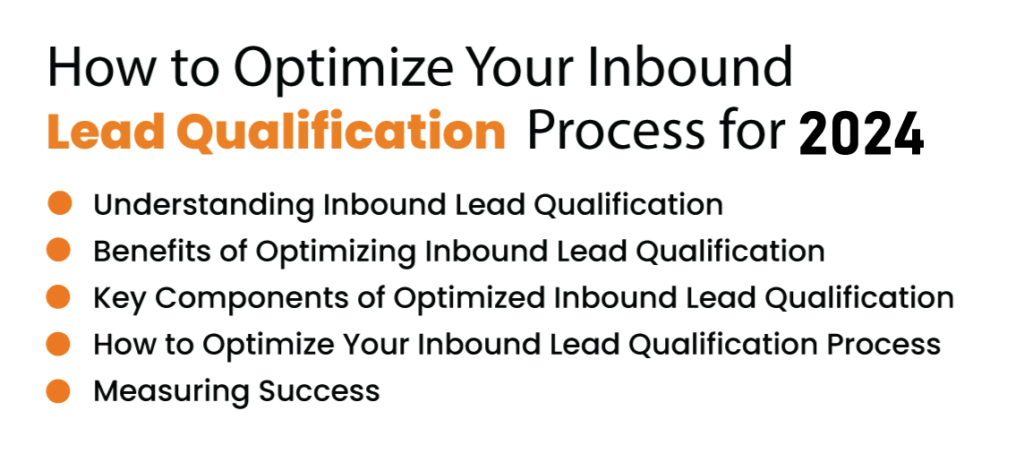
In the dynamic world of B2B marketing, staying at the forefront of industry trends is vital for sustained success. As we venture into the year 2024, the landscape of content marketing is undergoing significant transformations. Current statistics reveal that a remarkable 82% of B2B marketers rely on content marketing as a cornerstone of their strategies, and this figure is projected to rise further.
One strategy gaining traction is content syndication, where you republish your content on relevant third-party websites. But how does content syndication work, and how can it benefit your B2B marketing efforts?”
To fully unlock the potential of your content, it’s imperative to grasp and apply effective B2B content syndication strategies. With this blog, we will explore the intricacies of B2B content syndication, encompassing its advantages, challenges, goal establishment, channel selection, content creation, outreach tactics, measurement techniques, and the imperative for continuous optimization.
Must Read: Measuring Content Syndication Success: Metrics and Analytics Unveiled
B2B Content Syndication Strategies for 2024 Success

Understanding B2B Content Syndication
At its core, B2B content syndication is a process of distributing your content to various third-party websites, platforms, or publishers to reach a wider and more targeted audience. This method leverages the existing audiences of these partners to amplify your content’s reach. According to research, 89% of B2B marketers use content syndication to generate leads. However, unlocking its full potential hinges on effective implementation.
To learn more about the various content syndication tools available and how to choose the right ones for your needs, visit our dedicated resource page.
Must Read: How to measure content syndication
Benefits and Challenges of B2B Content Syndication
Let’s explore the advantages and challenges of B2B content syndication:
Benefits:
Extended Reach:
Syndicating your content on reputable platforms allows you to tap into their existing, engaged audience, amplifying your brand’s visibility.
Lead Generation:
This is one of the most important benefits of content syndication. It can be a powerful lead generation tool. In fact, 61% of B2B marketers use it to generate leads.
Brand Authority:
By appearing on well-regarded websites and publications, your brand gains credibility and authority.
SEO Boost:
Quality backlinks from syndication partners can improve your website’s search engine ranking.
Challenges:
Quality Control:
Maintaining the quality and integrity of your content across syndication partners can be challenging.
Overexposure:
If not managed carefully, syndicating the same content on multiple platforms can lead to overexposure and reduced effectiveness.
Audience Relevance:
Ensuring that your content resonates with the specific audiences on each syndication platform can be tricky.
Data Privacy:
Handling and protecting data, especially in the context of lead generation, requires careful consideration.
Must Read: 14 Expert Tips to Boost Your Blog Traffic with Content Syndication
Setting Clear B2B Syndication Goals
Before diving into content syndication, it’s essential to establish clear and measurable goals. Your goals might include increasing B2B lead generation, improving brand visibility, or boosting website traffic. Having well-defined objectives helps you tailor your syndication strategy to achieve these specific outcomes.
Selecting B2B Syndication Channels
Choosing the right syndication channels is a critical decision. Different platforms cater to various audiences, and your choice should align with your target demographic. Consider factors such as audience size, relevance, and engagement level when selecting syndication partners. Remember that diversity in your syndication portfolio can help you reach a broader spectrum of potential customers.
Must Read: Utilizing Intelligent Content Syndication To Produce High Intent MQLs
Creating B2B Syndication-Ready Content
Your content needs to be optimized for syndication success. This means crafting content that is not only informative but also shareable. Here are some tips for creating syndication-ready content:
Valuable Insights:
Offer valuable insights, industry trends, or unique perspectives that make your content stand out.
Engaging Headlines:
Craft attention-grabbing headlines that entice readers to click and read further.
Visual Appeal:
Incorporate visually appealing elements such as images, infographics, and videos to enhance the content’s appeal. Consider exploring video content syndication to further amplify your reach and engage audiences who prefer visual formats.
Clear Structure:
Present your content in a clear and structured manner, making it easy for readers to digest.
Call to Action (CTA):
Include a compelling CTA that guides readers toward the desired action, whether it’s signing up for a newsletter or requesting more information.
Read this insightful article about Free Content Syndication.
B2B Syndication Outreach and Partnerships
Building strong relationships with syndication partners is key to success. Approach potential partners with a value-driven proposition. Highlight how syndicating your content can benefit their audience. Collaboration is more likely when both parties see a win-win scenario. Additionally, consider co-creating content with partners to expand your reach even further.
Measuring B2B Syndication Success
Measuring the success of your B2B content syndication efforts is essential for ongoing improvement. Key performance indicators (KPIs) to track include:
Lead Generation:
Monitor the number of leads generated through syndication efforts.
Click-Through Rate (CTR):
Measure how many people click on your syndicated content links.
Engagement Metrics:
Analyze user engagement, including likes, shares, comments, and time spent on your content.
Must Read: Content syndication metrics: Measuring growth in B2B syndication campaigns
Conversion Rate:
Determine how many leads from syndication converted into customers.
Return on Investment (ROI):
Calculate the overall ROI of your syndication efforts by comparing the cost to the revenue generated.
Optimizing and Evolving Your B2B Strategy
As with any marketing strategy, optimization is an ongoing process. Regularly analyze data to identify what’s working and what needs improvement. Adjust your approach, experiment with different content formats, and seek out new syndication partners to keep your strategy fresh and effective. Stay attuned to emerging B2B syndication trends in 2024 to stay competitive.
Must Read: The Ultimate Lead Generation Content Syndication Strategy
Conclusion
In the rapidly evolving landscape of B2B marketing, B2B content syndication strategies are more critical than ever for success. As you embrace B2B syndication best practices, remember that it’s not just about distributing content; it’s about creating value for your audience and partners.
Harness the power of content distribution to generate leads, boost brand visibility, and establish your brand as an authority in your industry.
By setting clear goals, selecting the right syndication channels, crafting compelling content, nurturing partnerships, and measuring your success, you can navigate the complex world of content syndication with confidence.
As we move forward in 2024, the opportunities for effective B2B content promotion and syndication are vast, and those who adapt and innovate will undoubtedly reap the rewards of B2B syndication ROI.

Vikas Bhatt is the Co-Founder of ONLY B2B, a premium B2B lead generation company that specializes in helping businesses achieve their growth objectives through targeted marketing & sales campaigns. With 10+ years of experience in the industry, Vikas has a deep understanding of the challenges faced by businesses today and has developed a unique approach to lead generation that has helped clients across a range of industries around the globe. As a thought leader in the B2B marketing community, ONLY B2B specializes in demand generation, content syndication, database services and more.

.webp)
